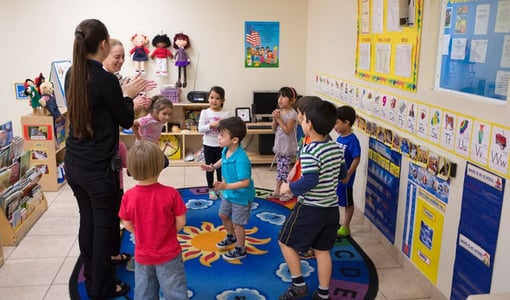
Classroom interactions, as described by the CLASS® lens, are at the heart of children's learning and development, and can be enhanced by a highly effective classroom environment and curriculum. This back-to-school season, reflect on the elements of your environment that can support effective interactions to maximize children's learning.
1. Celebrate the Children
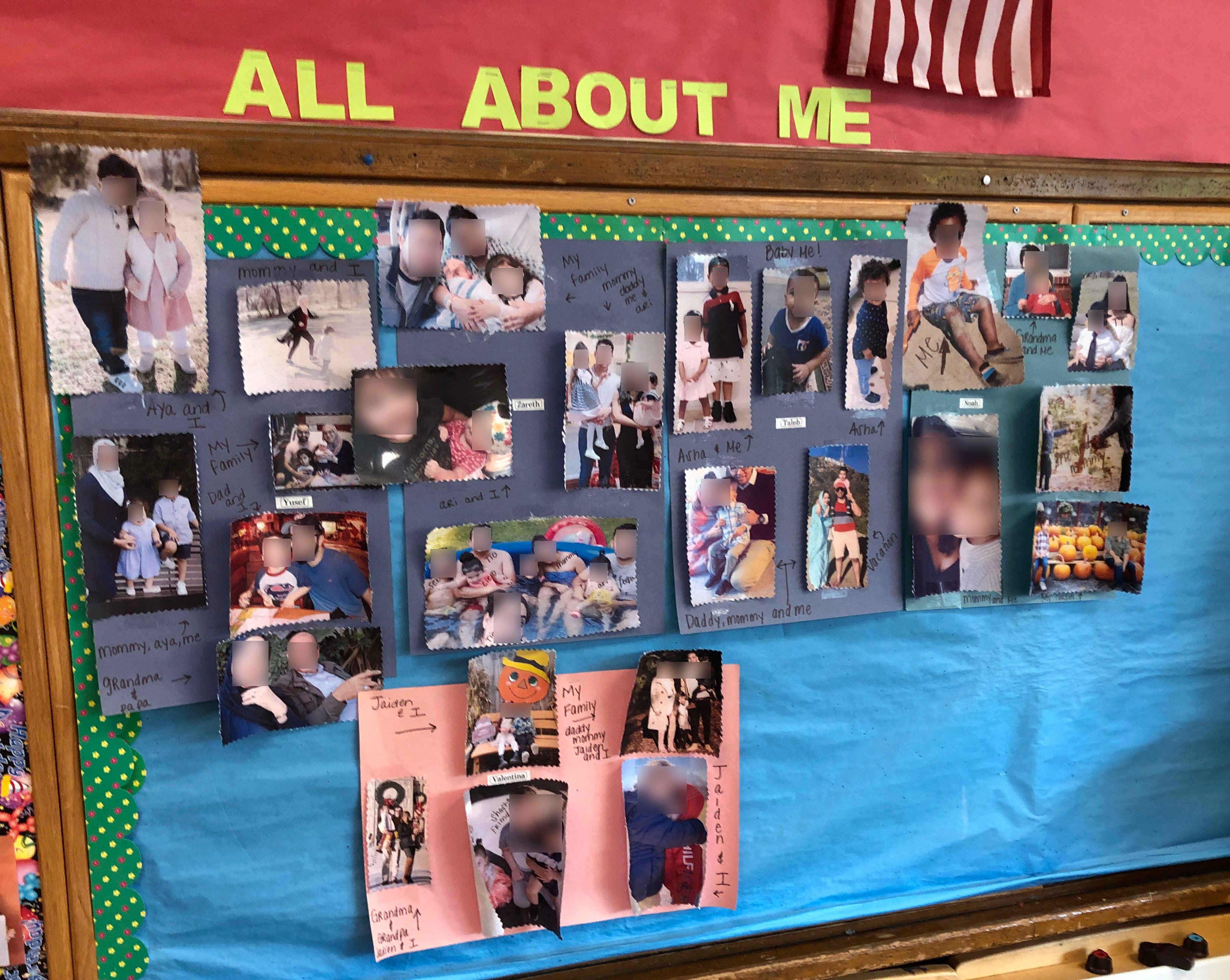
Display images of children and their families throughout the classroom, to show them that this is a place where they belong, where they are celebrated, and where their worldviews and personal experiences are relevant.
2. Be Inclusive

Including diverse classroom materials such as books, posters, and dolls that represent different races, cultures, ages, and abilities can support a learning space where all are welcome and children are comfortable with and curious about similarities and differences.
3. Use Materials that Support Emotional Development
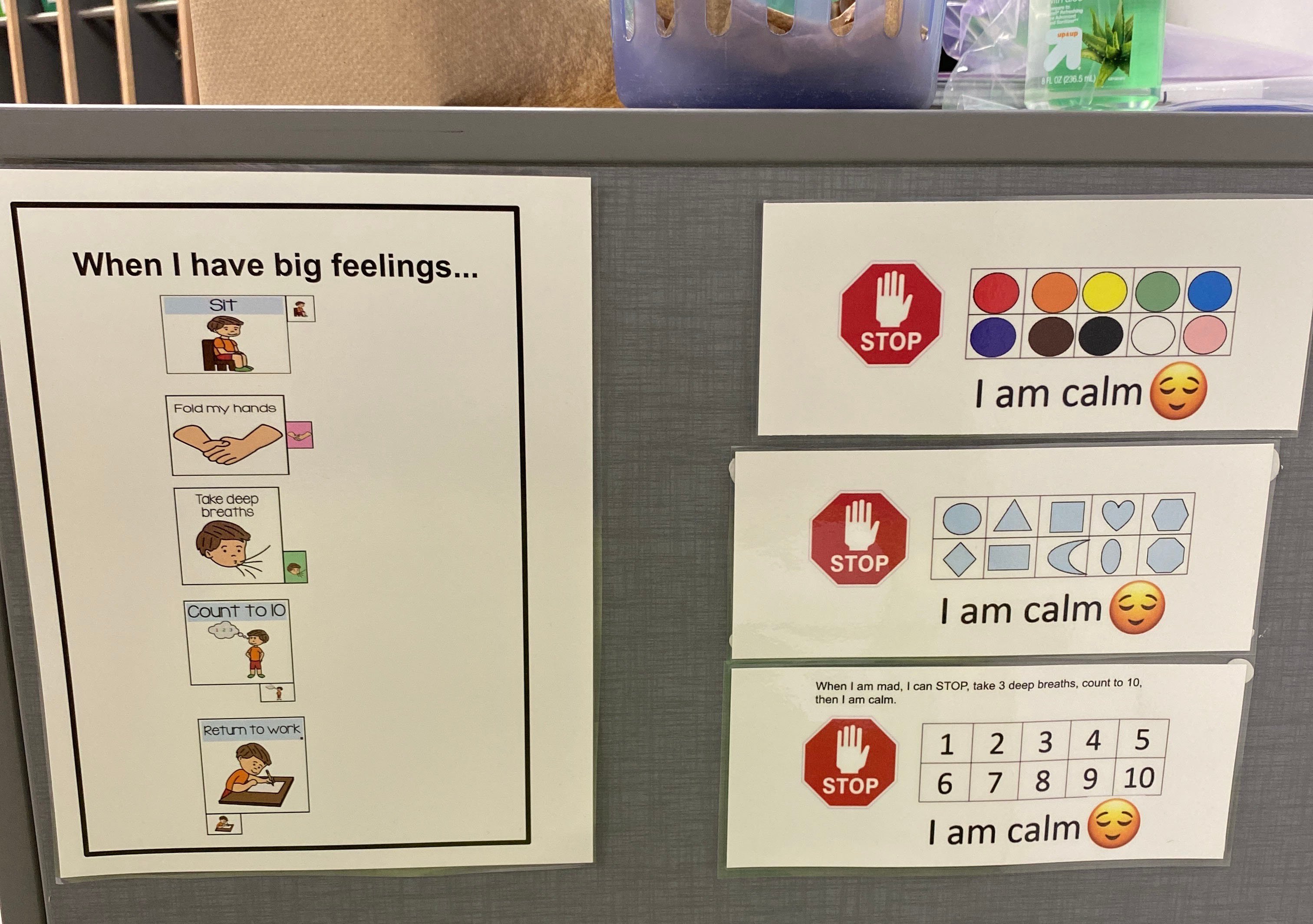
Provide displays and materials that help children identify and talk about emotions, such as books about feeling frustrated or posters with different emotions that children can use to help identify the things they are feeling in the classroom.
4. Create Private Spaces
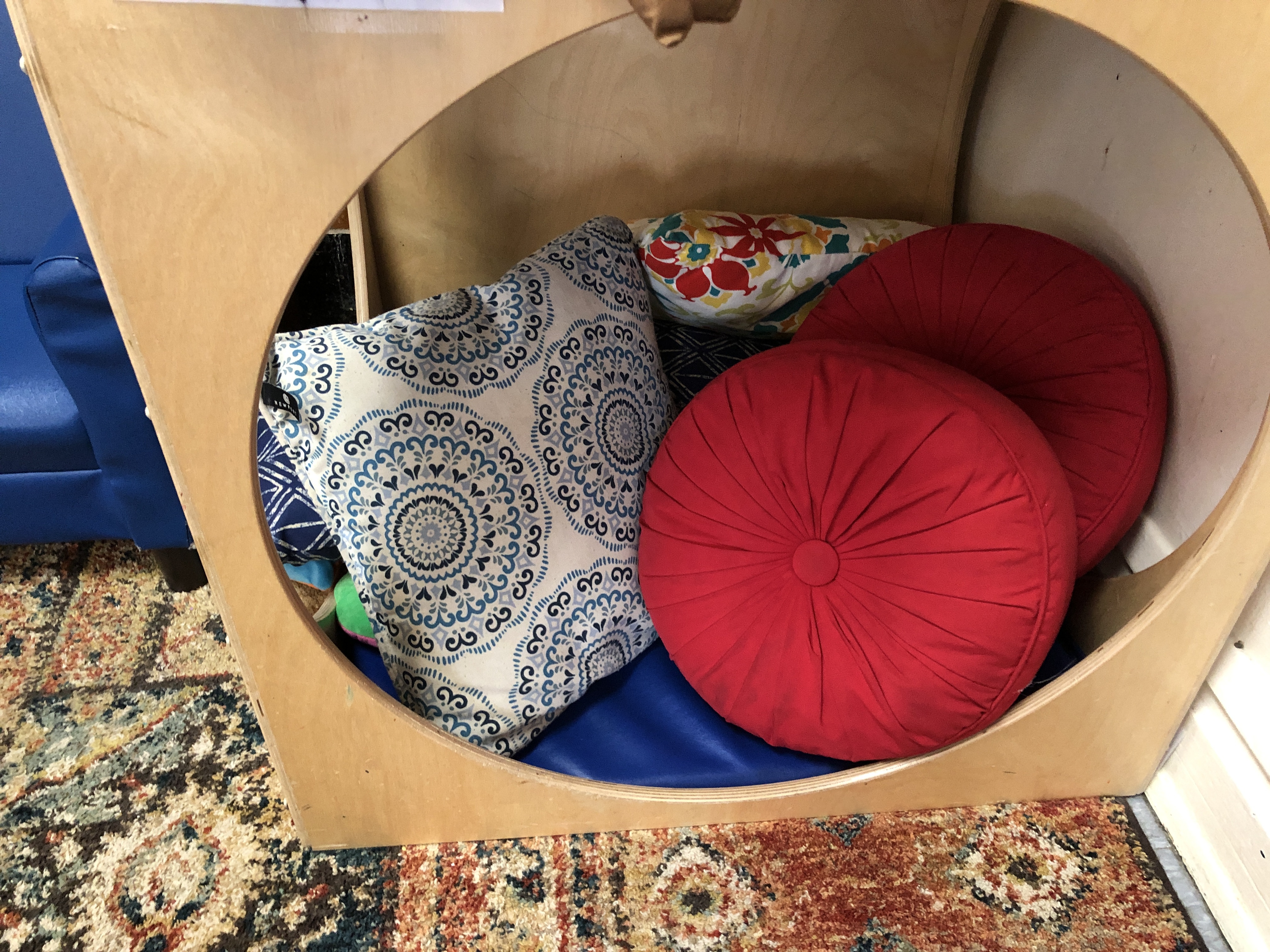
Create a space for privacy where children who are feeling overwhelmed or in need of individual work or play time can take refuge from the whole group. Children who are learning the language of introduction (DLLs) can also use a space for privacy to have a moment of silence and rest their brain.
5. Get Closer
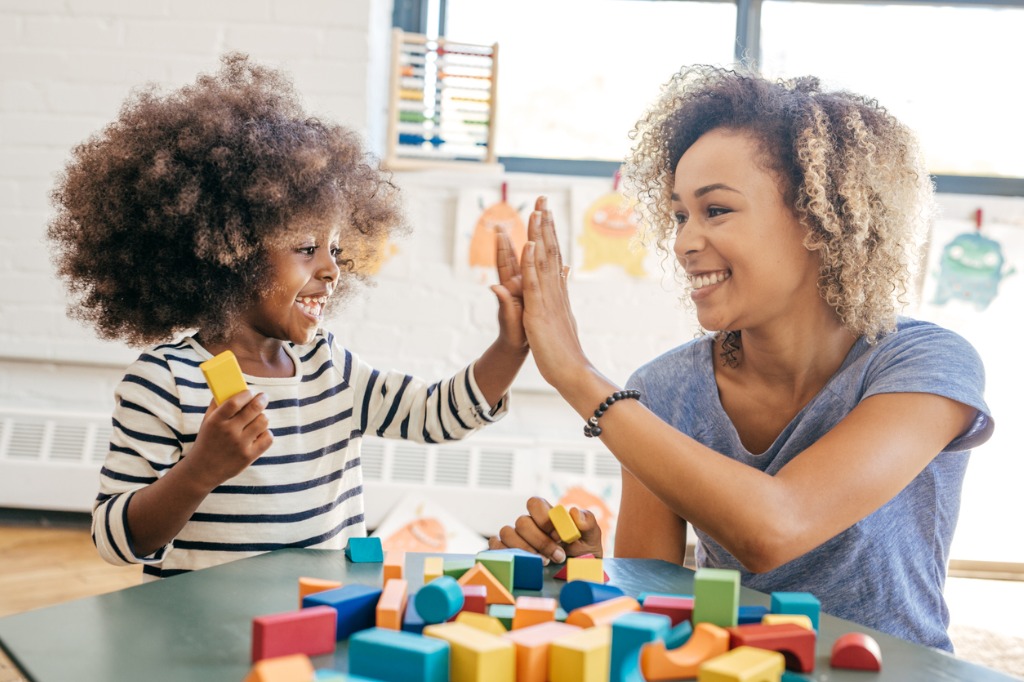
Arrange areas of the classroom so that adults can easily play in close proximity to children, work alongside them, get down on their level, talk, relate, and co-view.
6. Repurpose Materials
.jpg?width=4032&name=ACCA%20room%2013%20recycled%20artwork%20(1).jpg)
Provide recycled materials in your classroom like cardboard tubes of different sizes and shapes, egg cartons, clean empty bottles and plastic containers, that children can use to engage in creative and open-ended play.
See more examples from the tips above in this video. Ask your network what other tips they have by sharing the video below on social media!
